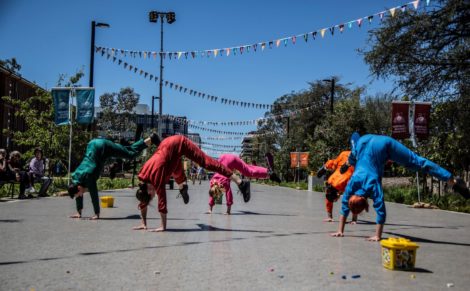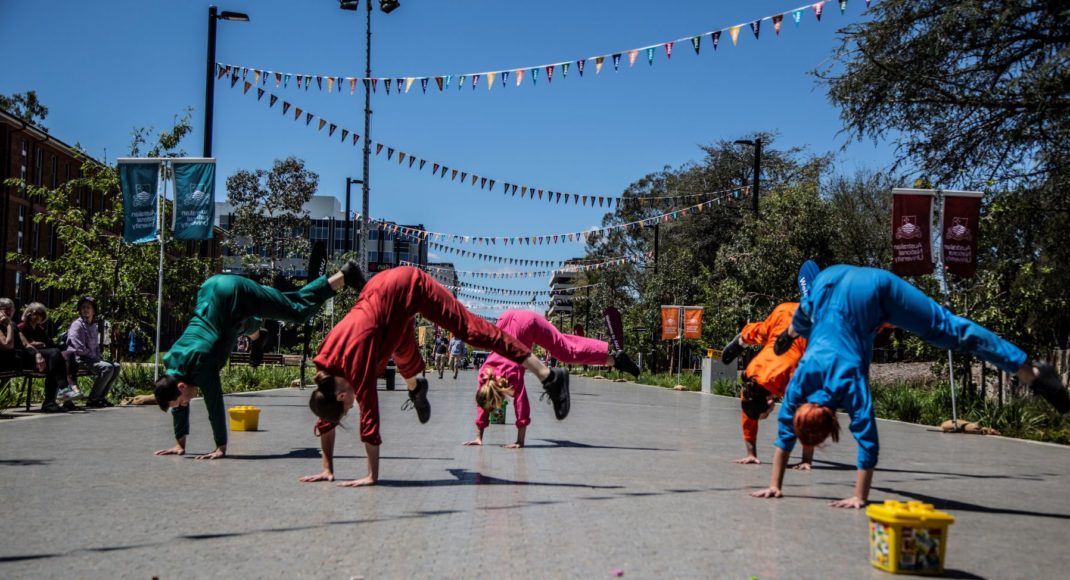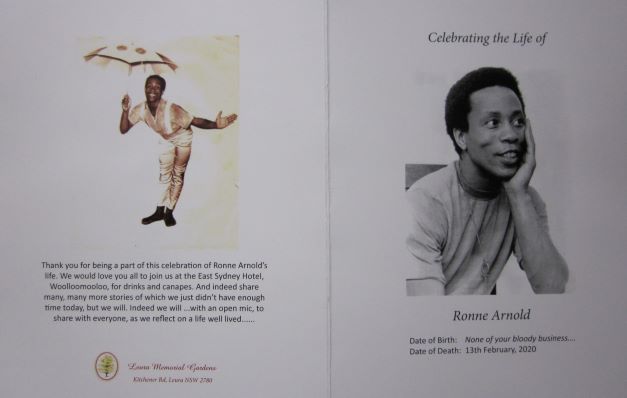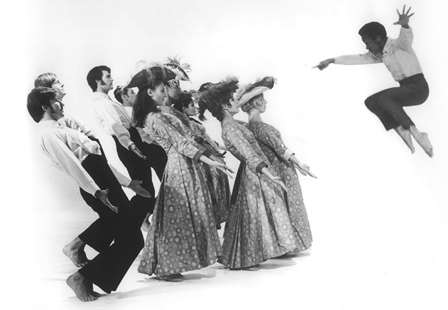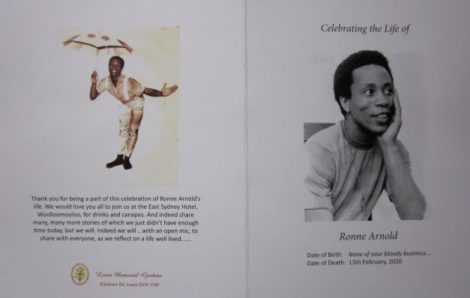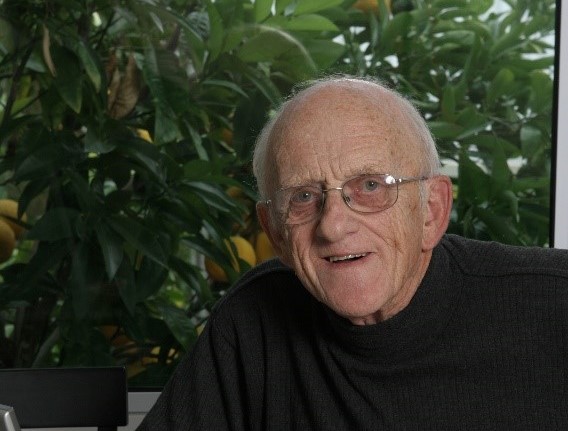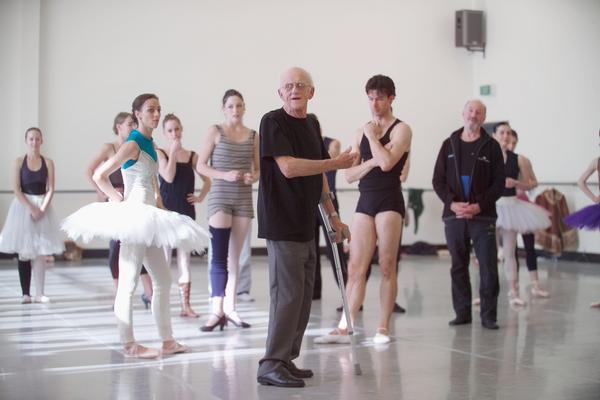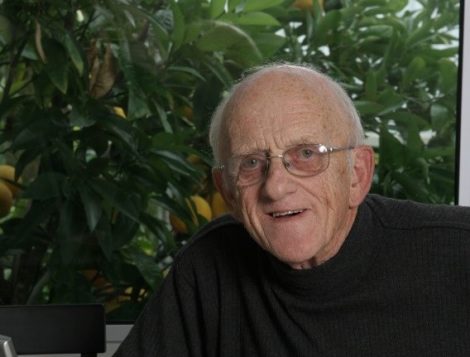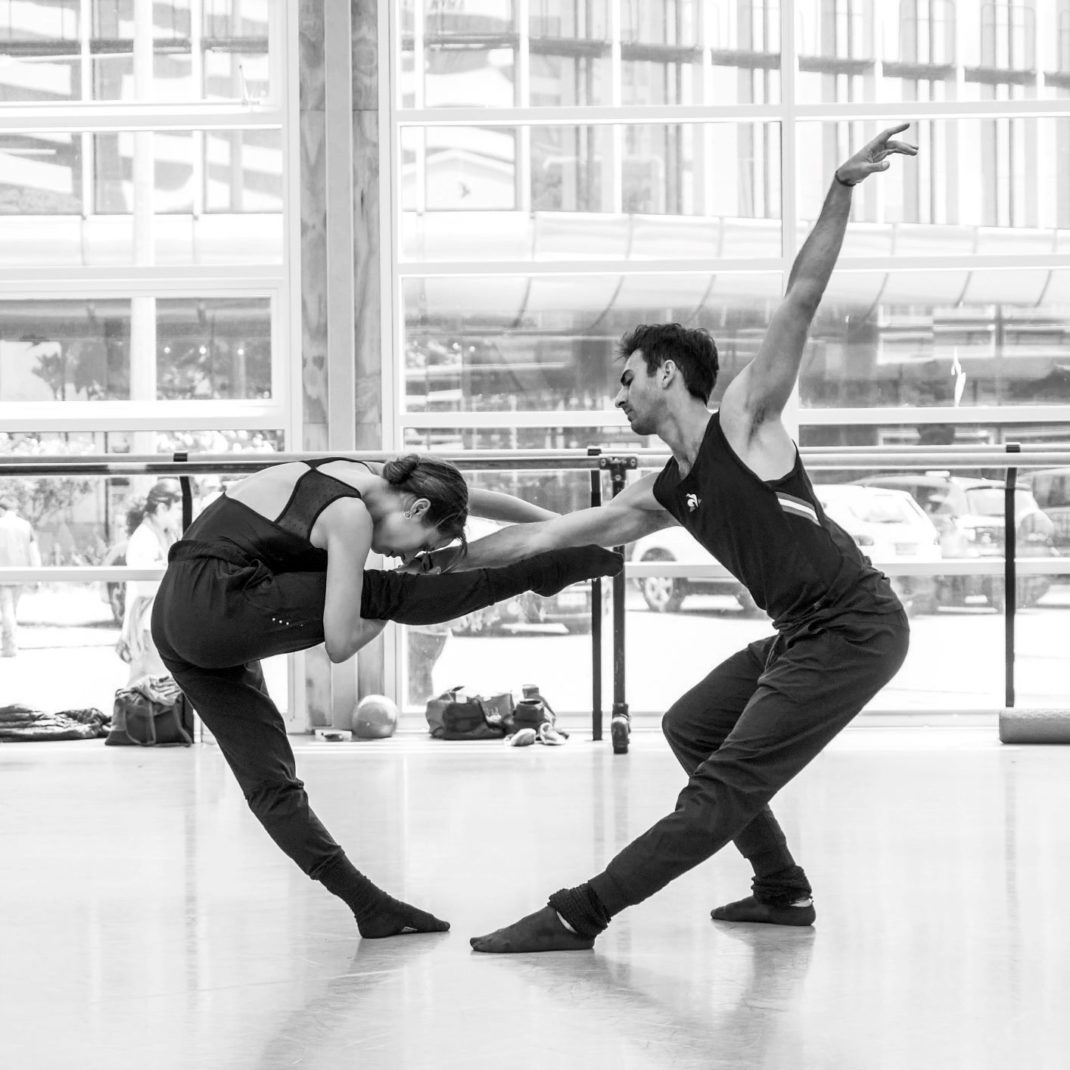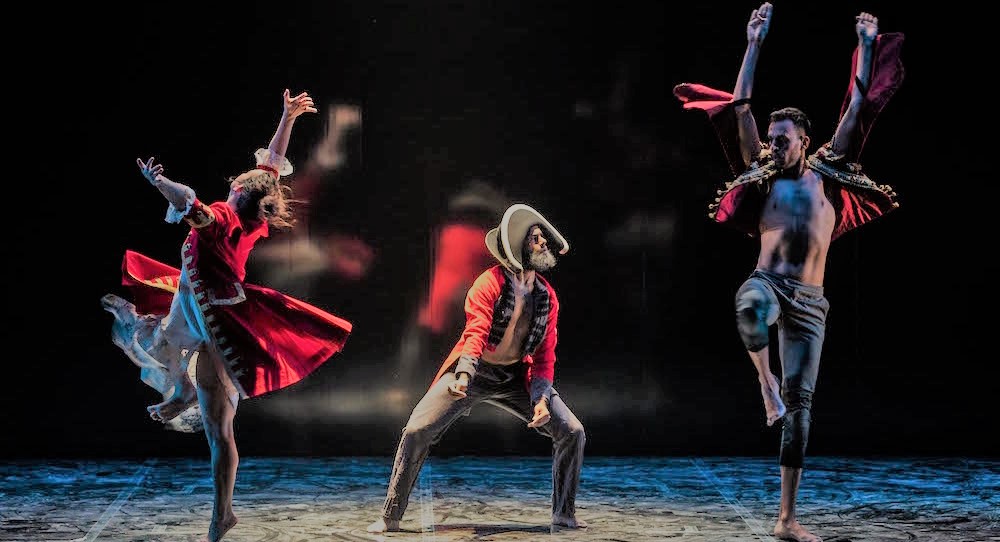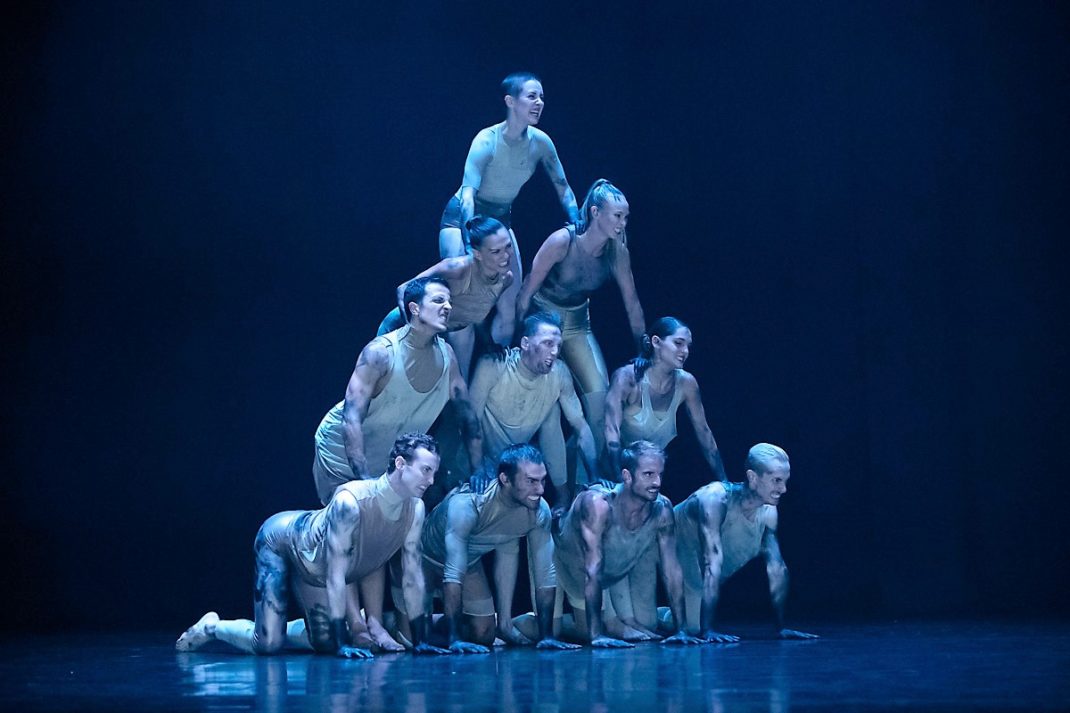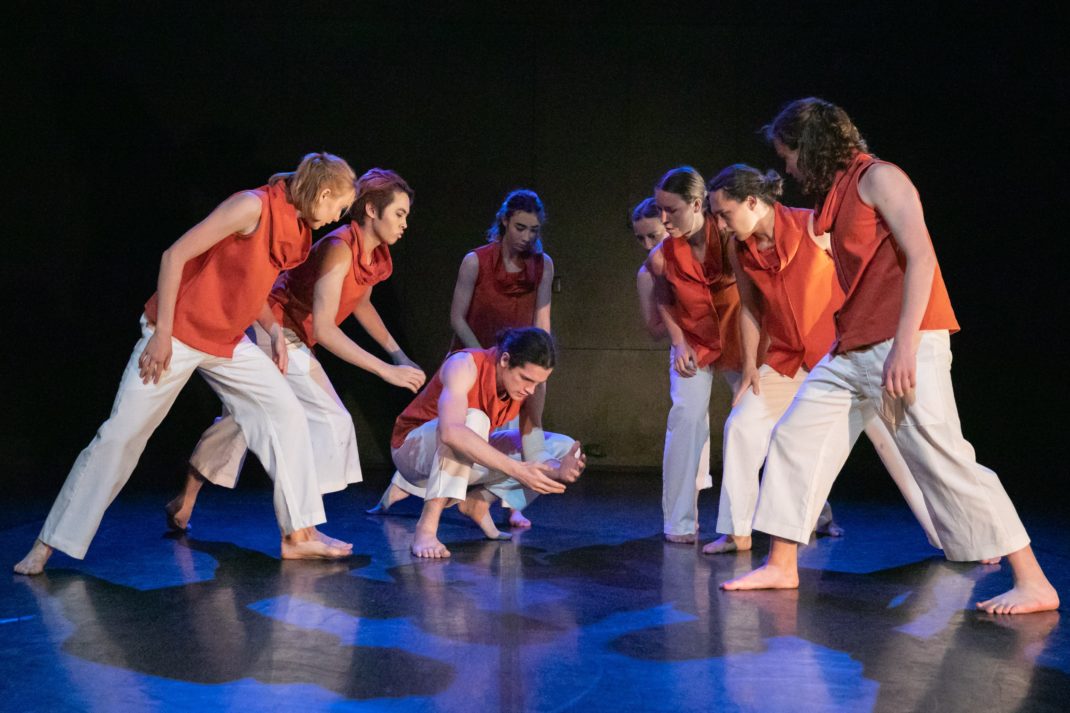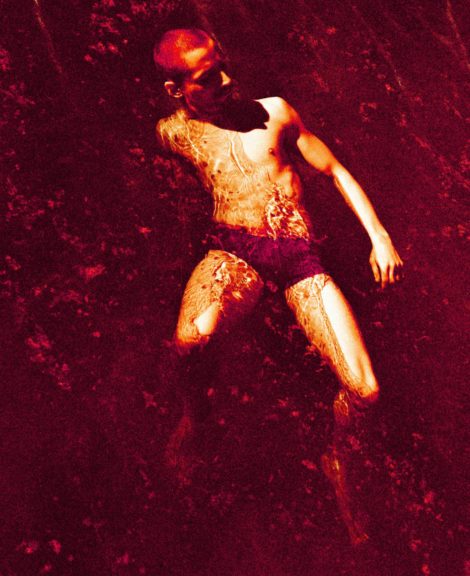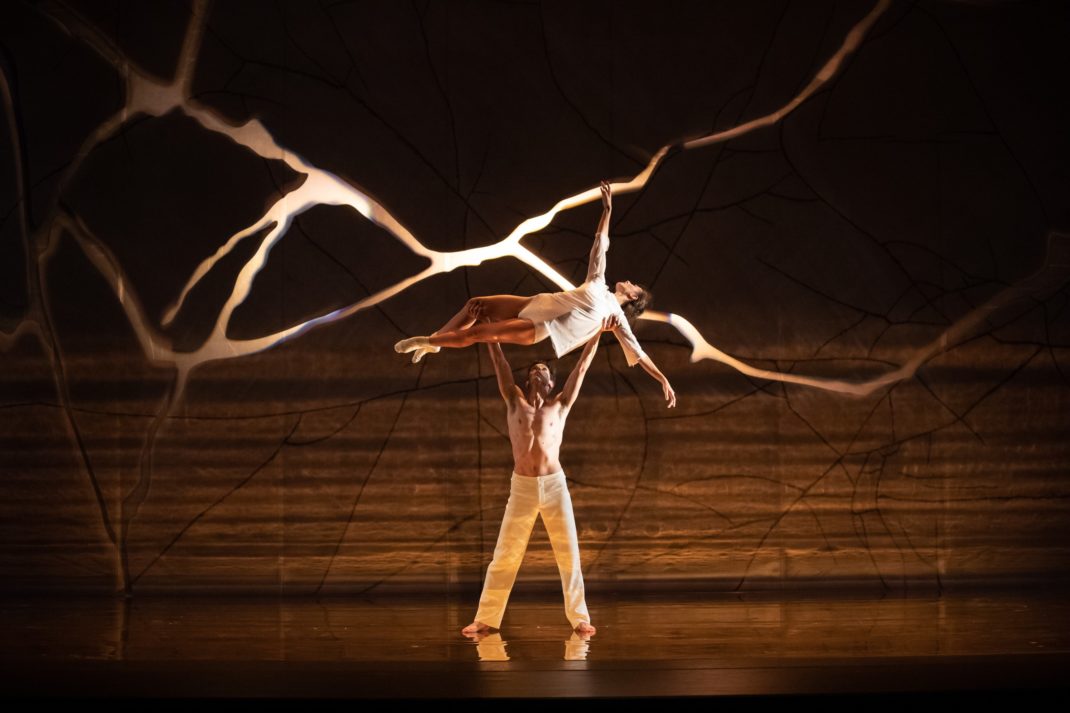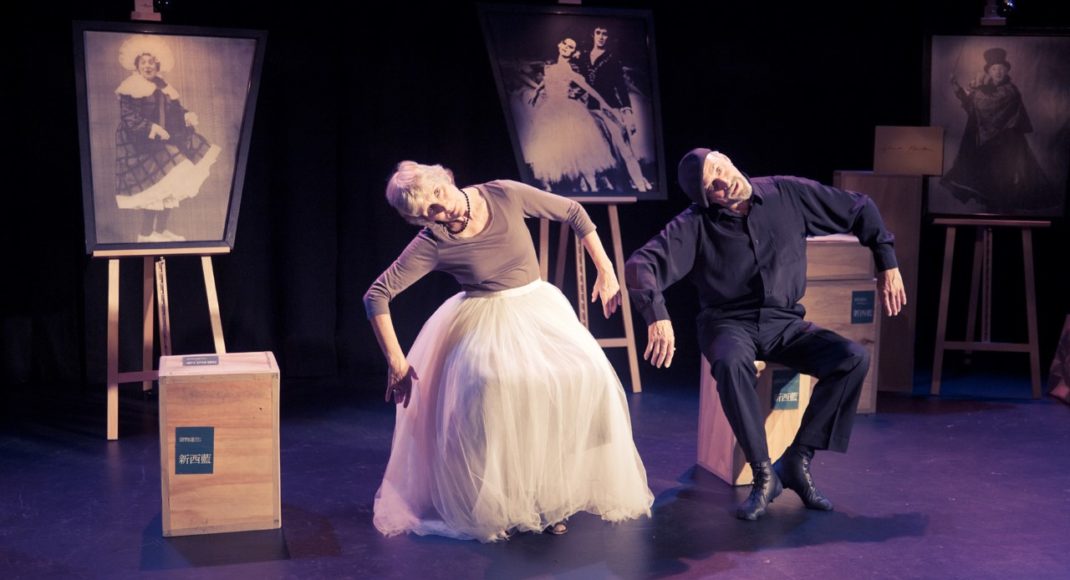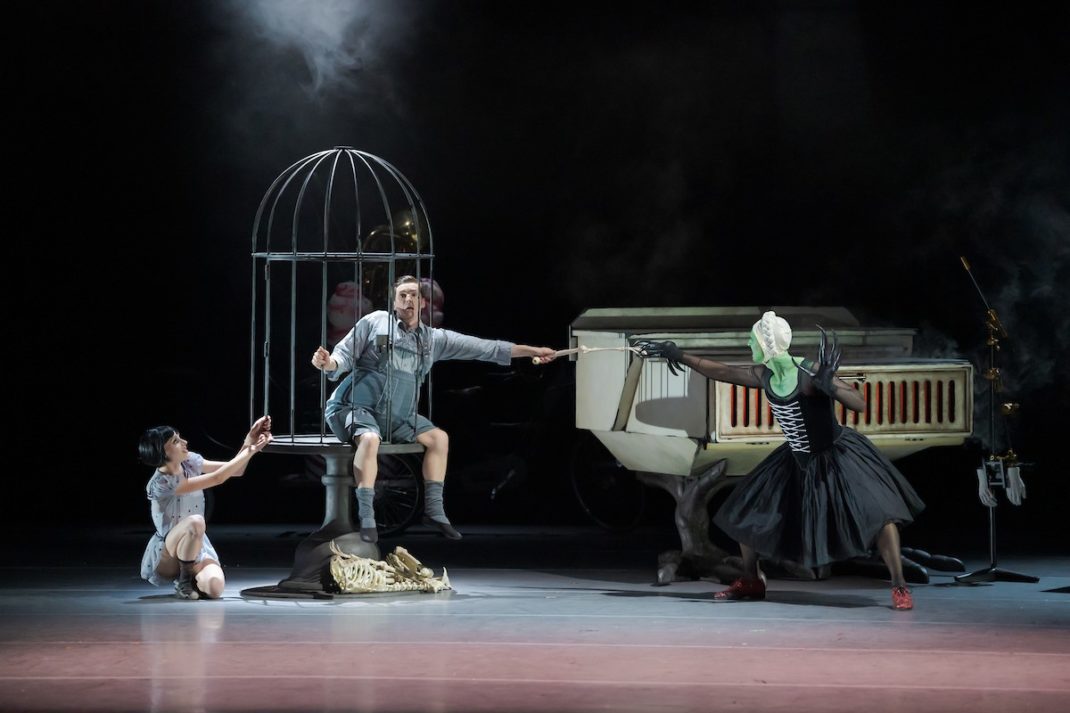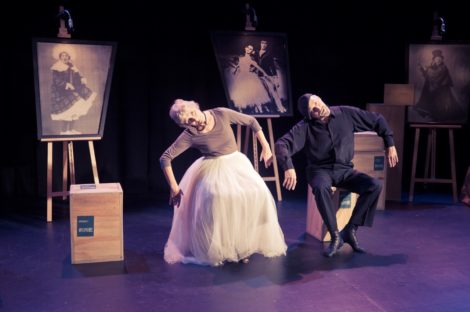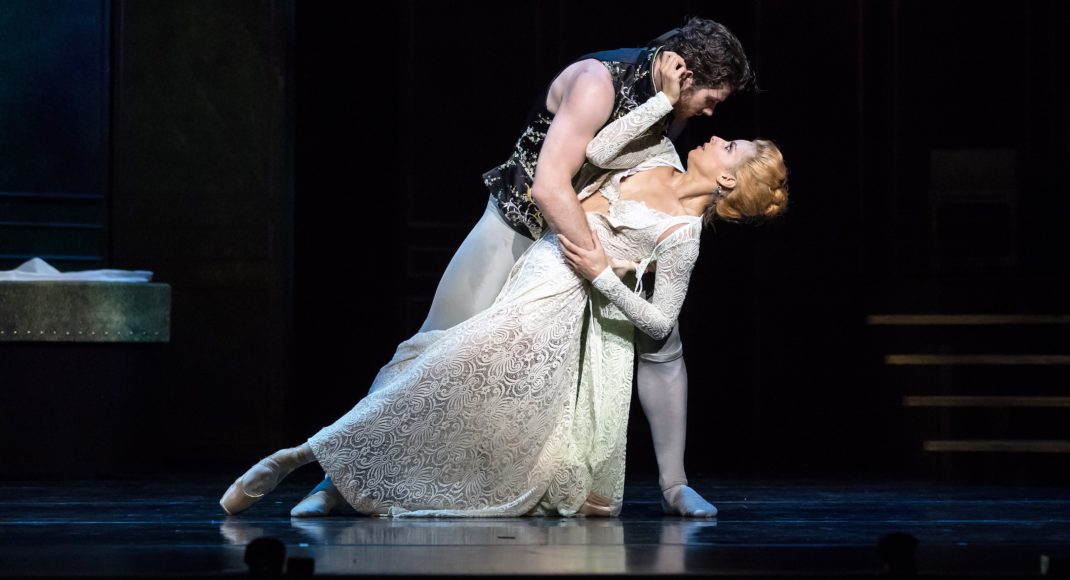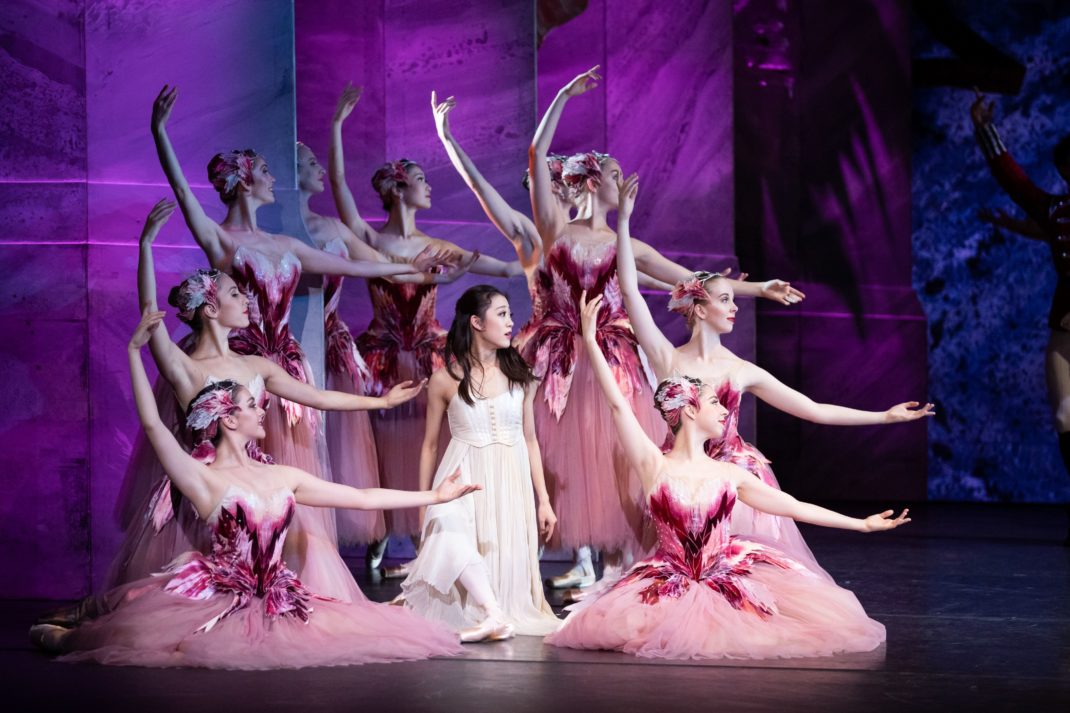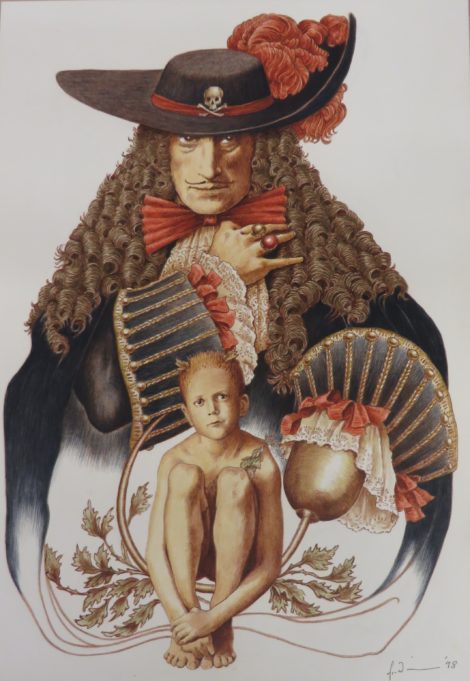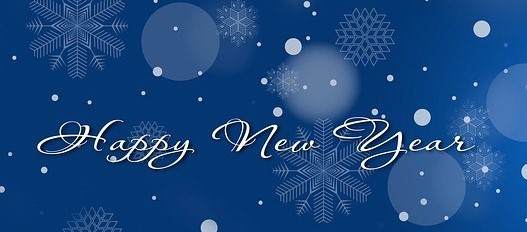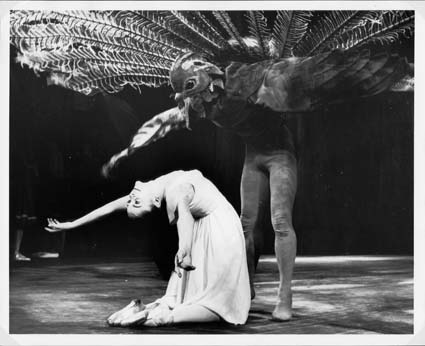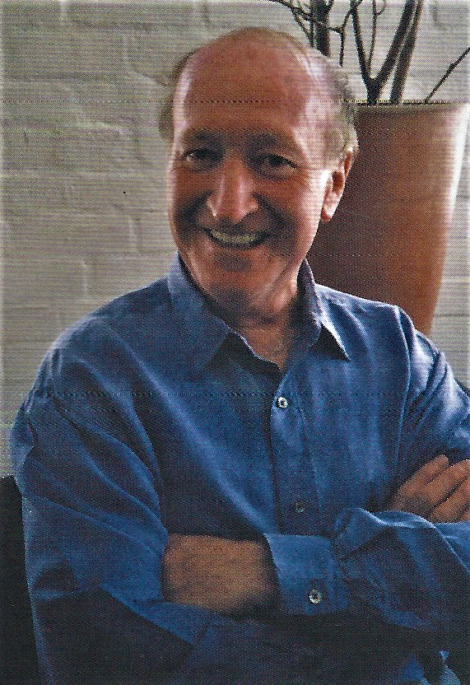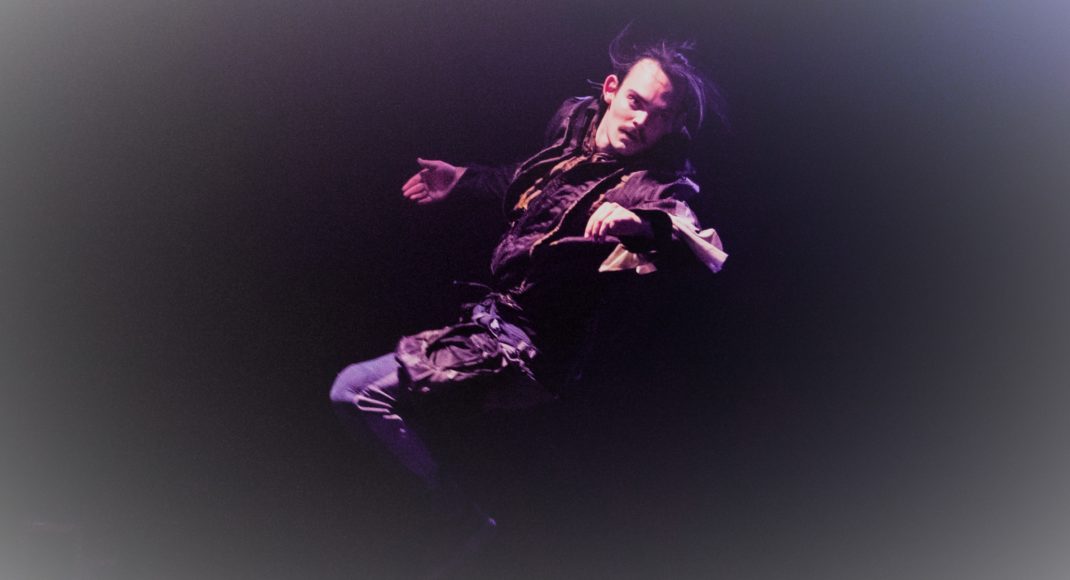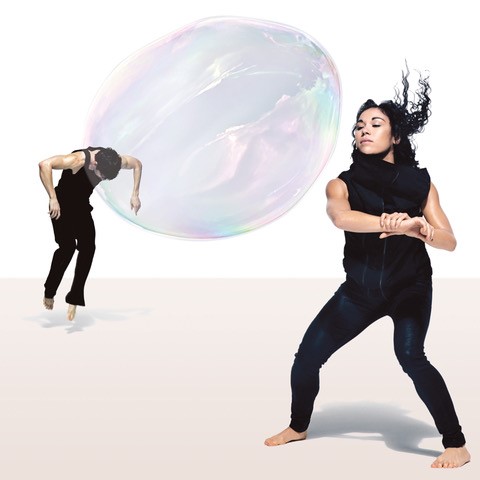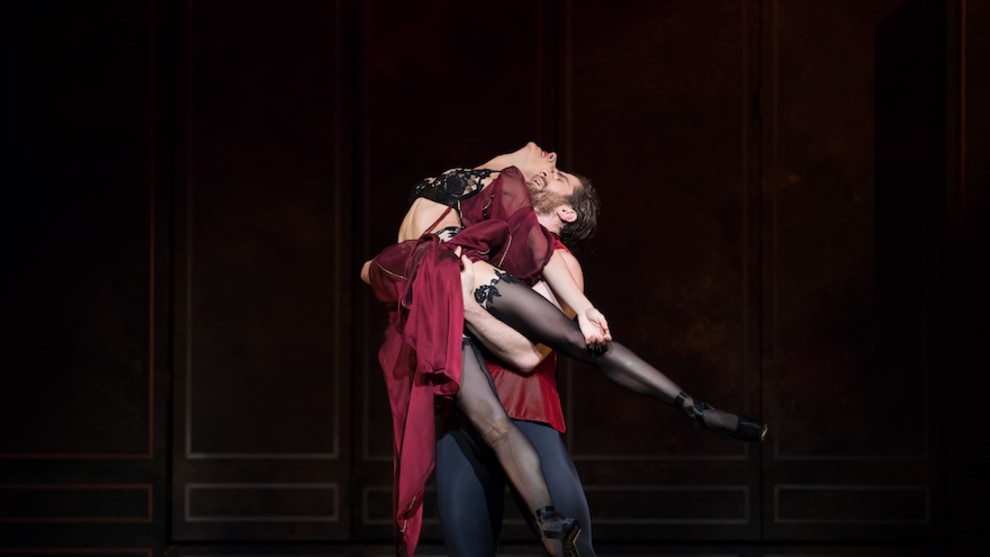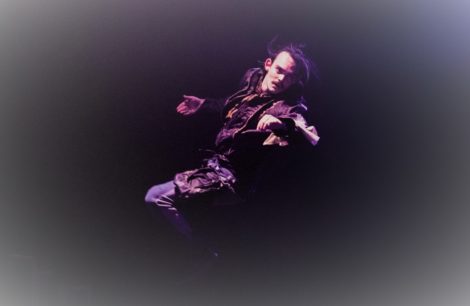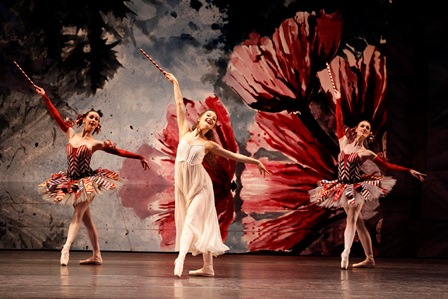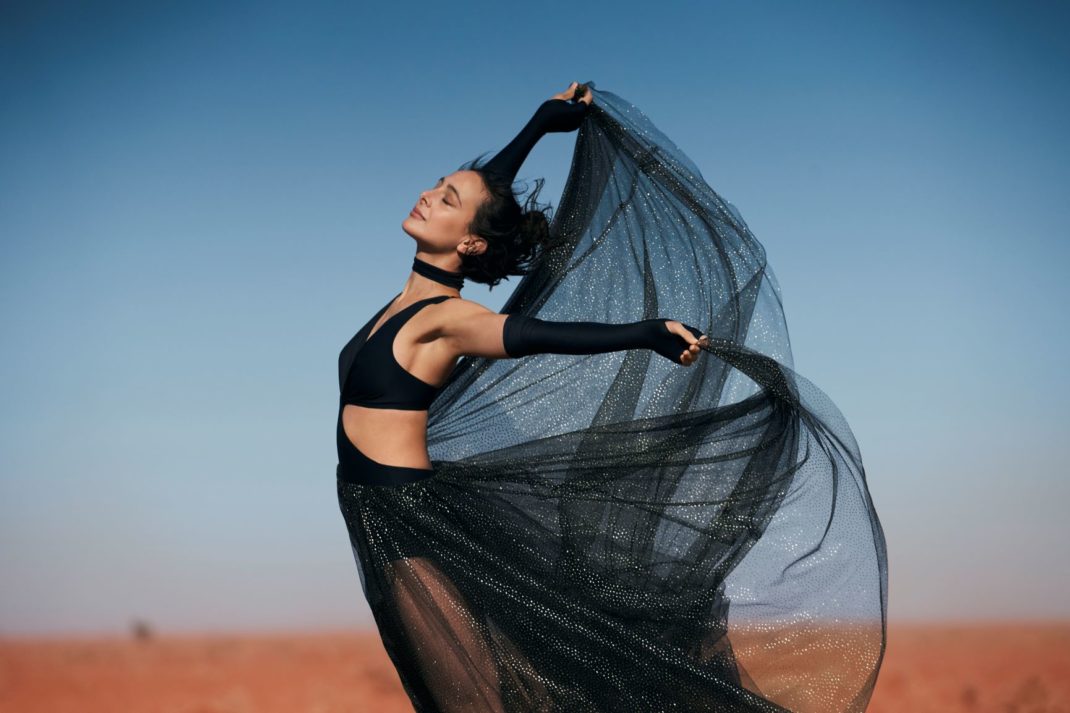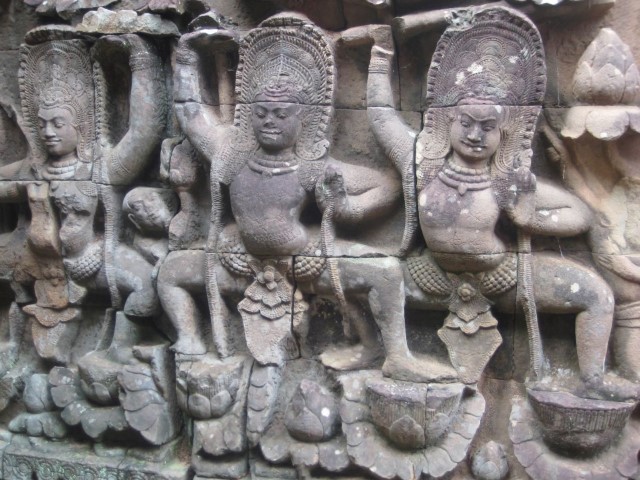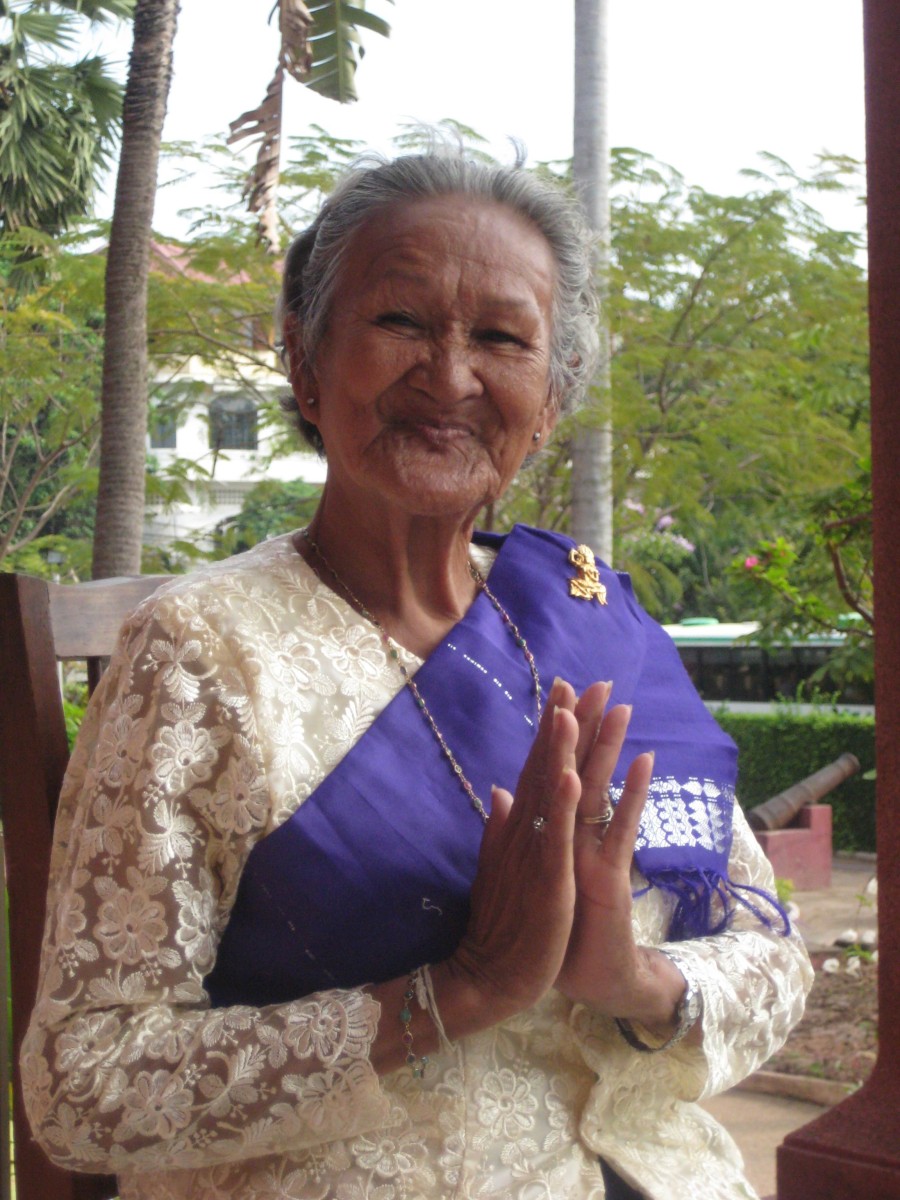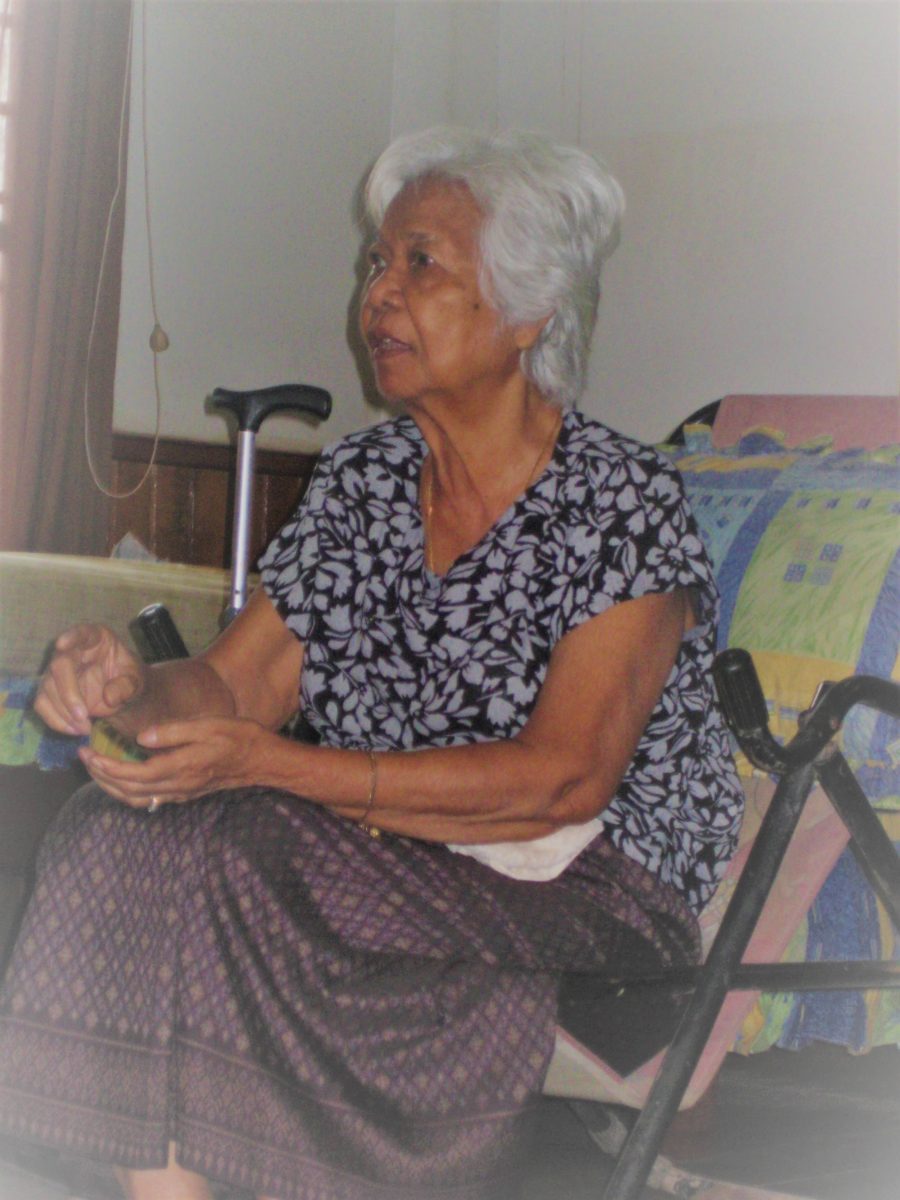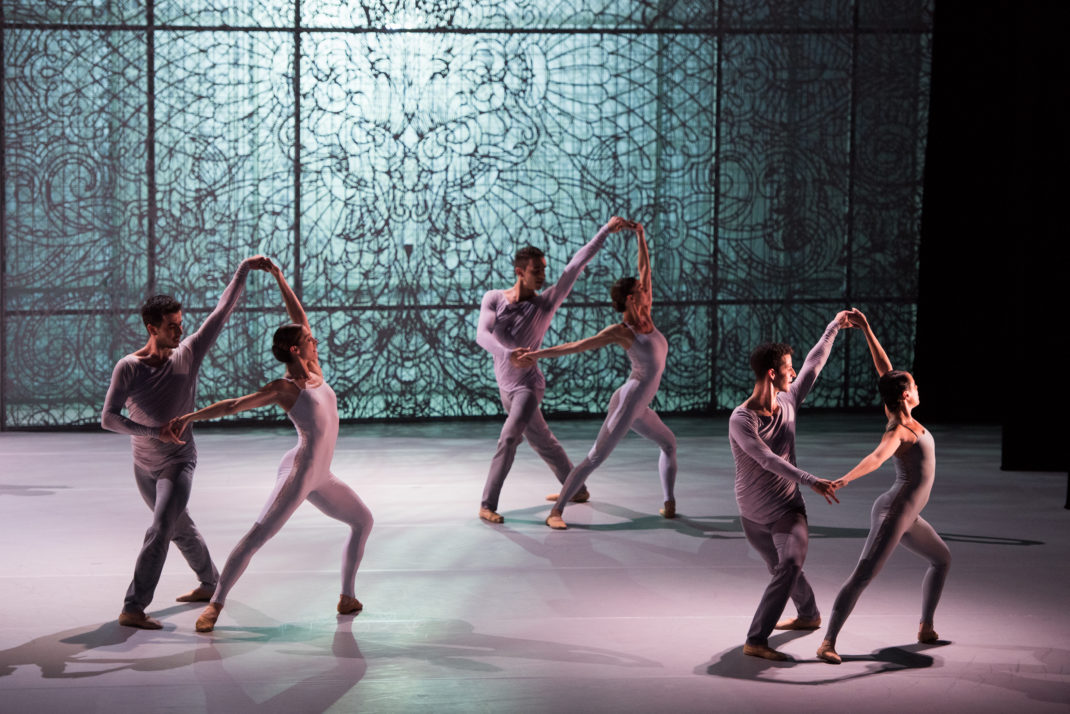- Mine! Australian Dance Party
Canberra’s Australian Dance Party (ADP) has begun 2020 in style. They have received program funding for two years rather than having to work from project to project, which has been their means of operating until now. This gives them a chance to plan ahead a little. The company has also just finished its first interstate tour with three performances of Mine! in Brisbane at the Supercell Festival of Contemporary Dance. Just prior to heading to Brisbane, ADP performed Mine! at the Australian National University, where the images on this post were taken.
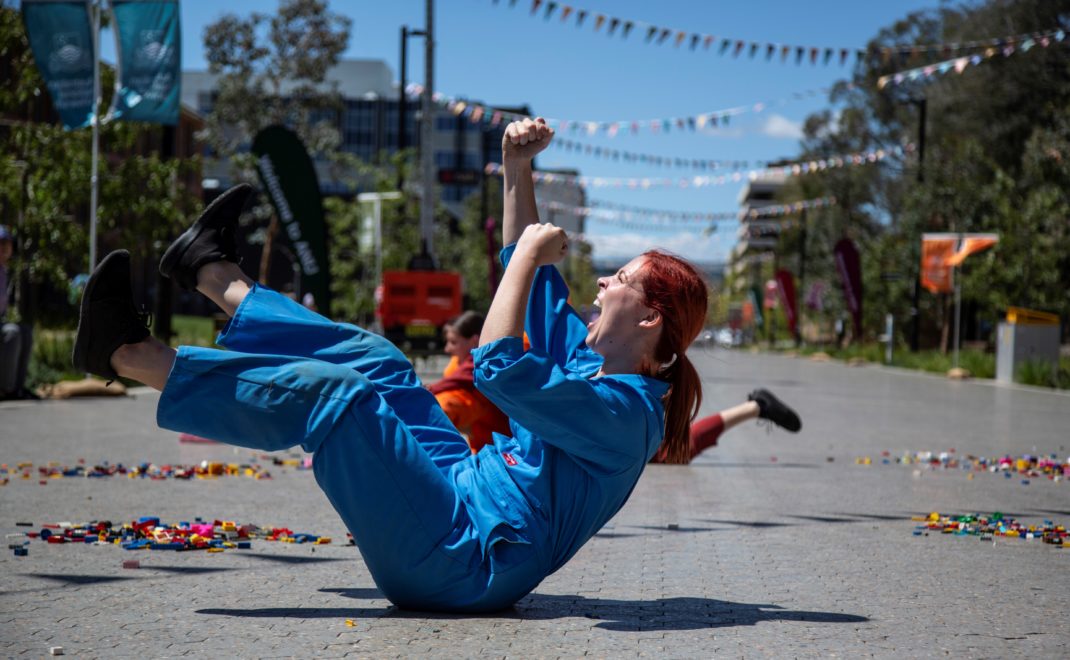
Mine! was triggered by a reaction to proposals for mega-mines in Queensland, and by a culture of self gratification that the Party believes characterises much of society today.
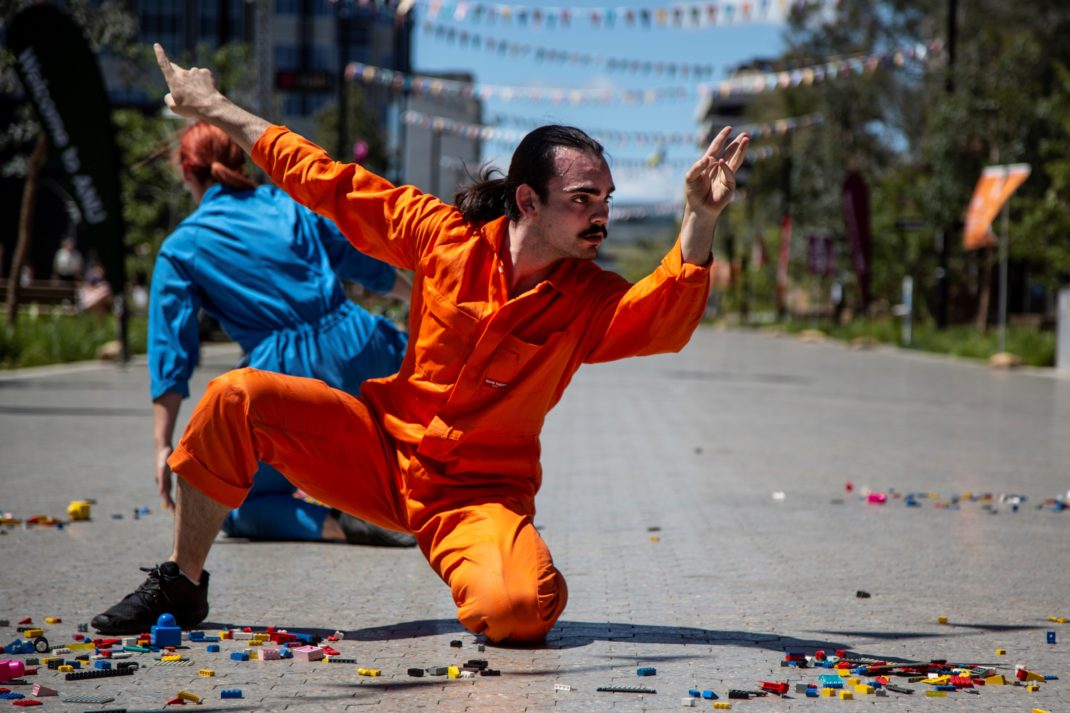
- Australian Dance Awards
Ausdance National has announced that the Australian Dance Awards will resume operation after a hiatus during 2019. Ausdance is working towards a double awards night later in 2020. It will recognise outstanding dance across a variety of areas during 2018 and 2019. Further details as they come to hand.
- News from Liz Lea
Liz Lea has recently been touring her one woman show RED in the United Kingdom. It is good news that this show, which premiered in Canberra in 2018, is receiving the exposure it deserves. Lea has also been appointed Movement Director for a show to take place in Kuwait in April. It is being directed by Talal Al-Muhanna, Kuwaiti director of the documentary On the trail of Ruth St Denis, in which Lea appeared and which she researched.
- The Fredrikson book
Editing and design of Kristian Fredrikson. Designer is moving into final stages. Pre-order is now available at this link. The media release is also available at the same link by clicking on ‘More information’. (Believe me you will be able to read the title on the front cover once the book is published). And, thanks to those who kindly donated to my various crowd funding projects, the book will be a hardback with a jacket.
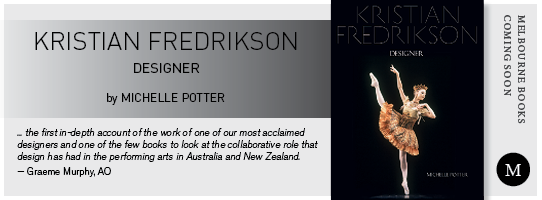
- Other books
And while on the subject of dance-related books, my recent newsletter from Jacob’s Pillow contained a note about a new book (or new-ish, it was published in December 2019) on Ted Shawn. The image below shows on the right the author, Paul Scolieri, standing next to Norton Owen, Director of Preservation at the Pillow. I noticed that the book is available through Book Depository. I am curious to know if Scolieri refers at all to Shawn’s Australian visit and was reminded of the range of comments that came in for a post on Shawn on this site back in 2011.
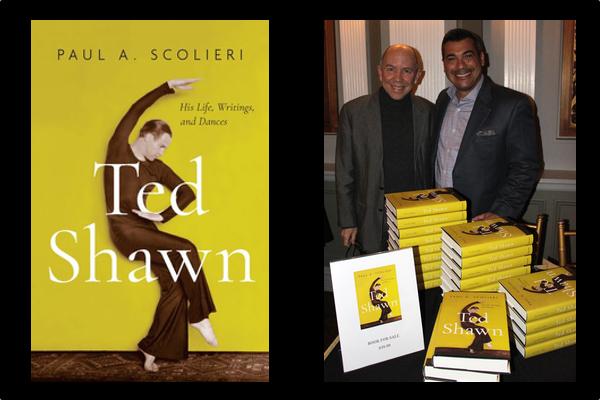
- Oral histories
Early in February I had the pleasure of interviewing Douglas Gautier, CEO and Artistic Director of the Adelaide Festival Centre. The interview was part of the Australia-China Council Project currently being conducted by the National Library of Australia. Douglas Gautier spent a considerable amount of time in Hong Kong and had many connections with arts organisation in the region. The interview is not yet available online.
My January interview with Chrissa Keramidas is now online, although it currently lacks a timed summary. Coming soon! As well, an interview with Lisa Pavane, recorded a few years ago, was recently made available online. It does already have its summary.
Michelle Potter, 29 February 2020
Featured image: Dancers of Australian Dance Party in Mine!, Canberra 2020. Photo: © Lorna Sim
